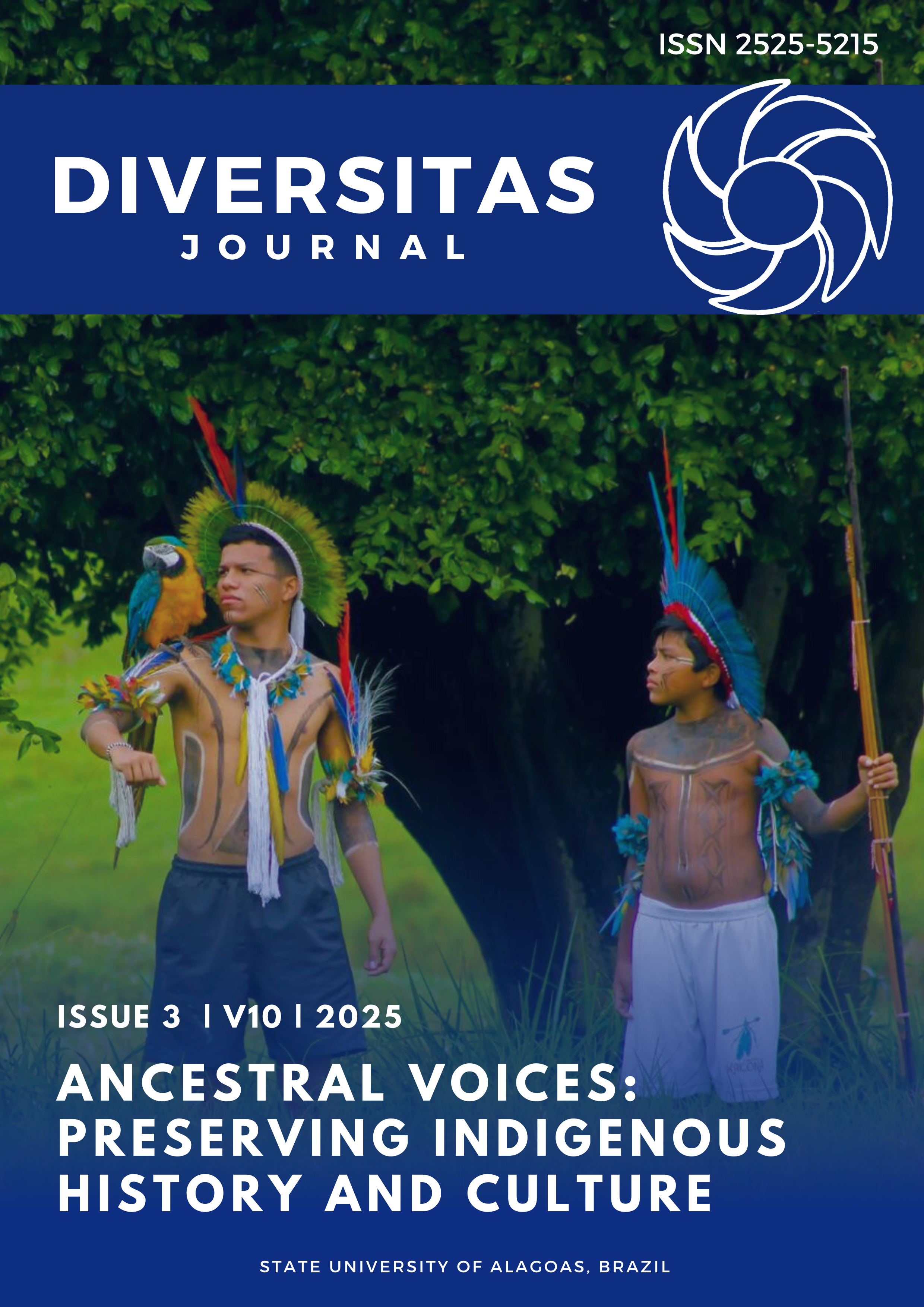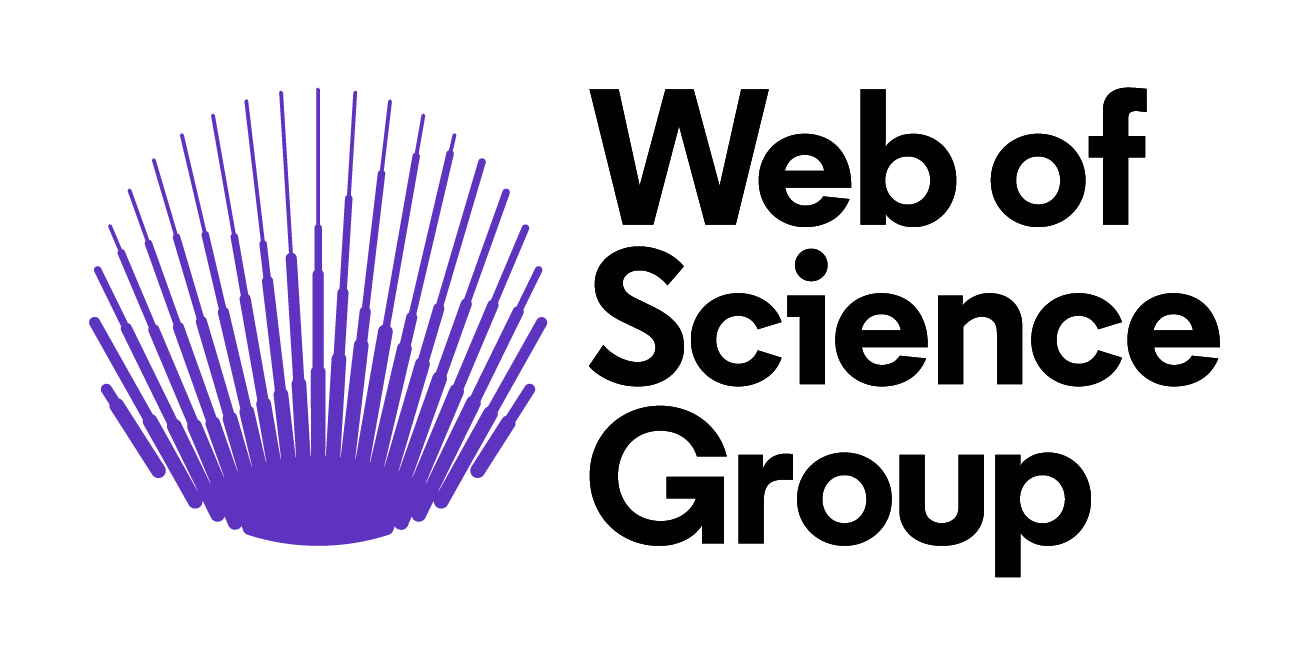AcessaSaúde application: Facilitating accessibility in public health facilities in the Metropolitan Region of Recife, Brazil
DOI:
https://doi.org/10.48017/dj.v10i3.3329Keywords:
ArcGIS, Application, disabled personAbstract
This article presents the development of the AcessaSaúde application to provide data on the level of accessibility of public health facilities in the Metropolitan Region of Recife (RMR). Created with ArcGIS Experience Builder, a low-code tool from the ArcGIS platform, the application uses a collaborative form developed in Survey123 Connect, which allows citizens to evaluate accessibility items in different health facilities, identified by municipality, type and address. The information collected feeds an interactive dashboard, facilitating travel planning for people with disabilities and providing a basis for the development of public accessibility policies. The application also incorporates a Web GIS with data on the concentration of people with disabilities (PWD) in the RMR, promoting the use of this data by both the population and public managers in planning more inclusive and accessible cities. In the future, the aim is to strengthen partnerships with city governments, publicizing the application as a support tool for the formulation of public policies on urban accessibility.
Metrics
References
Alesheikh, A. A., Helali, H., & Behroz, H. A. (2002). WebGIS technologies and its applications. In Symposium sur la Théorie, les Traitements et les Applications des Données Géospatiales, Ottawa.
Associação Brasileira de Normas Técnicas. (2004). NBR 9050: Acessibilidade a edificações, mobiliário, espaços e equipamentos urbanos.
Azevedo, A. M., Barbosa, I. M. B. R., & Paz, D. H. F. (2018). Sistema de Informações Geográficas para compartilhar informações online através de um SIGWEB. In Congresso Internacional de Tecnologias para o Meio Ambiente (6.), Bento Gonçalves.
Barbosa, I. M. B. R. (2020). Inteligência geográfica para melhorar a acessibilidade de pessoas com deficiência. Projeto de pesquisa apresentado ao Edital CNPq nº 02/2020 – Bolsa de Produtividade em Desenvolvimento Tecnológico e Extensão Inovadora – DT.
Bathia, T. S., Singh, M., & Kaur, S. (2019a). Web GIS development using Portal for ArcGIS, ArcGIS Server and Web AppBuilder for ArcGIS. International Journal of Computer Science and Technology, 10(1), 44–47.
Bathia, T. S., Singh, M., & Kaur, S. (2019b). GIS based dashboard development using Operations Dashboard for ArcGIS. International Journal of Computer Science and Technology, 10(4), 24–26.
Bhat, C., et al. (2000). Development of an urban accessibility index: Literature review. Austin: University of Texas. https://library.ctr.utexas.edu/hostedpdfs/txdot/psr/4938_s.
IBGE. (2022). Pessoas com deficiência e as desigualdades sociais no Brasil. Coordenação de População e Indicadores Sociais. https://www.ibge.gov.br.
Lei nº 10.098, de 19 de dezembro de 2000. Estabelece normas gerais e critérios básicos para a promoção da acessibilidade das pessoas com deficiência ou com mobilidade reduzida. https://www.planalto.gov.br/ccivil_03/LEIS/L10098.htm.
Lei nº 12.587, de 3 de janeiro de 2012. Institui as diretrizes da Política Nacional de Mobilidade Urbana. http://www.planalto.gov.br/ccivil_03/_Ato2011-2014/2012/Lei/L12587.htm.
Longley, P. A., Goodchild, M. F., Maguire, D. J., & Rhind, D. W. (2011). Sistemas e ciência da informação geográfica (3ª ed.). Bookman.
Lopes, A. A. S., Hino, A. A. F., Moura, E. N., & Reis, R. S. (2018). O Sistema de Informação Geográfica em pesquisas sobre ambiente, atividade física e saúde. Revista Brasileira de Atividade Física e Saúde, 23, e0065. https://doi.org/10.12820/rbafs.23e0065.
Nascimento, C., Melo, J., Ferreira, A., Barbosa, I., & Carvalho, V. (2024). ArcGIS em ação: desenvolvendo aplicações com uma plataforma inovadora. Diversitas Journal, 9(1).
Nascimento, R. C., & Castro, A. A. B. C. (2024). Acessibilidade e proximidade de serviços e equipamentos urbanos: relações entre integração e choice e rotas de ônibus, equipamentos de saúde e educação na zona sul de João Pessoa/PB. In Sintaxe Brasil (2.), Brasília. https://www.researchgate.net/publication/387067629.
Pereira, R. H. M., Braga, C., Herzenhut, D., Saraiva, D., & Tomasiello, D. (2022). Estimativas de acessibilidade a empregos e serviços públicos via transporte ativo, público e privado nas 20 maiores cidades do Brasil em 2017, 2018, 2019. Texto para Discussão. Ipea – Instituto de Pesquisa Econômica Aplicada.
Ribeiro, J. S. (2018). O uso do Sistema de Informação Geográfica (SIG) nas pesquisas de Administração. Revista de Administração e Tecnologia, Uberlândia. https://repositorio.ufu.br/bitstream/123456789/25708/1/UsoSistemaInforma%C3%A7%C3%A3o.pdf.
Santiago, Z. M. P., Morano, R. P., & Lima, M. R. V. (2021). Mobilidade e pessoas com deficiência visual: análise do entorno e acesso à Linha Sul do metrô de Fortaleza. In X Jornada Internacional Políticas Públicas (JOINPP 2021). São Luís: UFMA.
Szukalski, B. (2021). ArcGIS Experience Builder overview and concepts. Esri.
Downloads
Published
How to Cite
Issue
Section
License
Copyright (c) 2025 Camila Souza Primo, Isabelly Gabriela Cavalcanti Bernardes, Ioná Maria Beltrão Rameh Barbosa, Vânia Soares de Carvalho, Aida Araújo Ferreira

This work is licensed under a Creative Commons Attribution 4.0 International License.
The Diversitas Journal expresses that the articles are the sole responsibility of the Authors, who are familiar with Brazilian and international legislation.
Articles are peer-reviewed and care should be taken to warn of the possible incidence of plagiarism. However, plagiarism is an indisputable action by the authors.
The violation of copyright is a crime, provided for in article 184 of the Brazilian Penal Code: “Art. 184 Violating copyright and related rights: Penalty - detention, from 3 (three) months to 1 (one) year, or fine. § 1 If the violation consists of total or partial reproduction, for the purpose of direct or indirect profit, by any means or process, of intellectual work, interpretation, performance or phonogram, without the express authorization of the author, the performer, the producer , as the case may be, or whoever represents them: Penalty - imprisonment, from 2 (two) to 4 (four) years, and a fine. ”


















